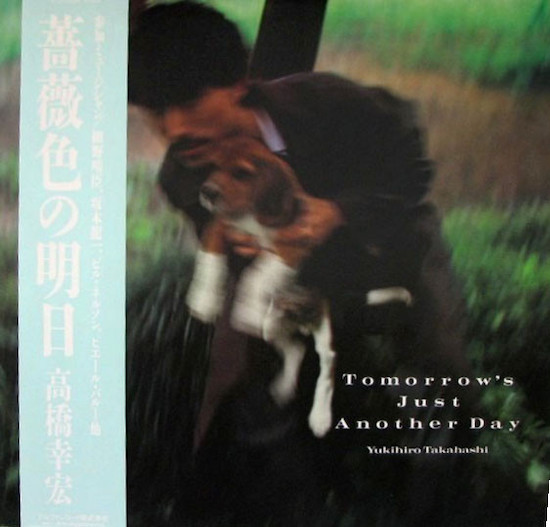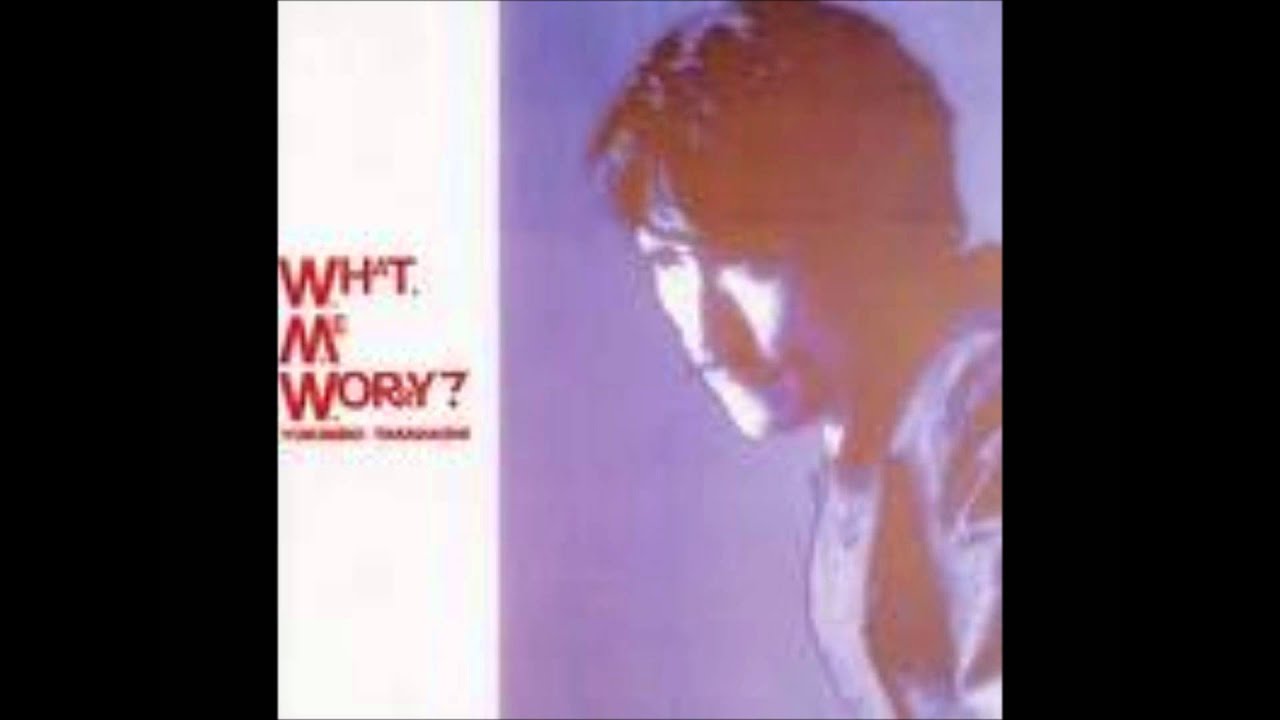After forming in Tokyo in 1978, Yellow Magic Orchestra quickly became one of the world’s biggest electronic acts – not that there were many. At the time, music buyers were just getting their heads around the meta-personae of Kraftwerk as robots, and so YMO, in those red jumpsuits on the cover of Solid State Survivor, were sort of surrogate automatons on account of being electronic and other, emerging from what was then regarded as an alien culture.
By contrast, in Japan YMO were regarded as a supergroup, and very much extraordinary human talents who’d hitherto made great art in their own right. Ryuichi Sakamoto became a globally celebrated composer, but Haruomi Hosono and Yukihiro Takahashi were never just making up the numbers. Hosono is regarded by many as the heart of YMO, while Takahashi unusually brought Western exoticism to the East. As a drummer he toured the UK with Sadistic Mika Band supporting Roxy Music in 1975, surreptitiously watching Bryan Ferry from the wings, studying his mannerisms and even abstracting his croon for his own records later on, independent of, but similarly to, David Sylvian (when I first heard Takahashi, I thought it was Sylvian).
Yellow Magic Orchestra remained a tight creative unit in those heady days of international success, playing on each other’s solo records, prodigious in their output together and “alone”. Takahashi never achieved the fame of his bandmate but he’s been enjoying a kind of reissue renaissance of late, with WeWantSounds bringing out his excellent bossa nova-influenced debut Saravah! recently. Now his old Yen Records releases are having new life breathed into them by ALFA Music in partnership with Light in the Attic. Neuromantic – a masterpiece of electro sophisti-pop that may have inadvertently influenced William Gibson with its punny title – was released last November.
1982’s What, Me Worry? continues where Neuromantic left off, with more sparkling vintage J-pop underscored by his celebrated bandmates. ‘It’s Gonna Work Out’ is a lighter, more electro Scary Monsters…-era Bowie or a darker Nik Kershaw, while ‘Sayonara’ is an exquisitely multi-layered synthpop movement sung in Japanese. Best of all is the sequencer-happy ‘This Strange Obsession’ (written in collaboration with Zaine Griff), which is strangely redolent of Sparks in their Moroder phase. There’s even room for a techno cover of the psychedelic ‘It’s All Too Much’ from Yellow Submarine.
1983’s Tomorrow’s Just Another Day feels less surefooted than its predecessor, but that’s only if we’re nitpicking. It begins strongly with the irresistible ‘Ripple’, symphonic with sparse and sporadic verses in that way that made Sebastien Tellier’s ‘La Ritournelle’ so unusual. ‘My Bright Tomorrow’ and ‘Kagerou’ also measure up to Takahashi’s exacting standards, though the 50s doo-wop of ‘Rokugatsu no Tenshi’ feels a little tossed off. ‘Maebure’ has a more radio friendly sheen, with a production job that includes everything from saxophones to sitars, perhaps repositioning Yukihiro as a musical matinee idol and leading man – indeed, it performed better in the Japanese charts than any of his other albums, so job done. The flipside brings more welcome adventures in electropop, including ‘This Island Earth’, a song so Japan-like, one wonders if it acted as a sonic bat signal to Steve Jansen.
The world is a very different place to when YMO emerged. Where you could probably count all of planet earth’s electronic bands on two hands back then, now everything is electronic. In an oversaturated market, it’s a pleasure then to report that these reissues still offer pop music of the highest calibre made by a true pioneer. Let’s hope Light In The Attic and ALFA Music keep excavating.



